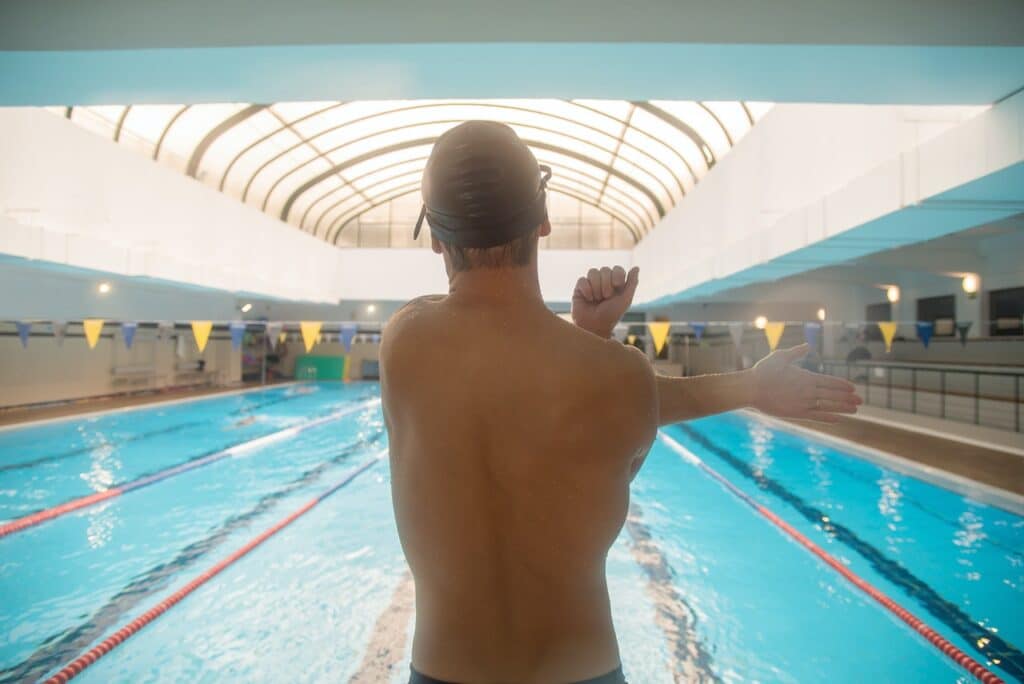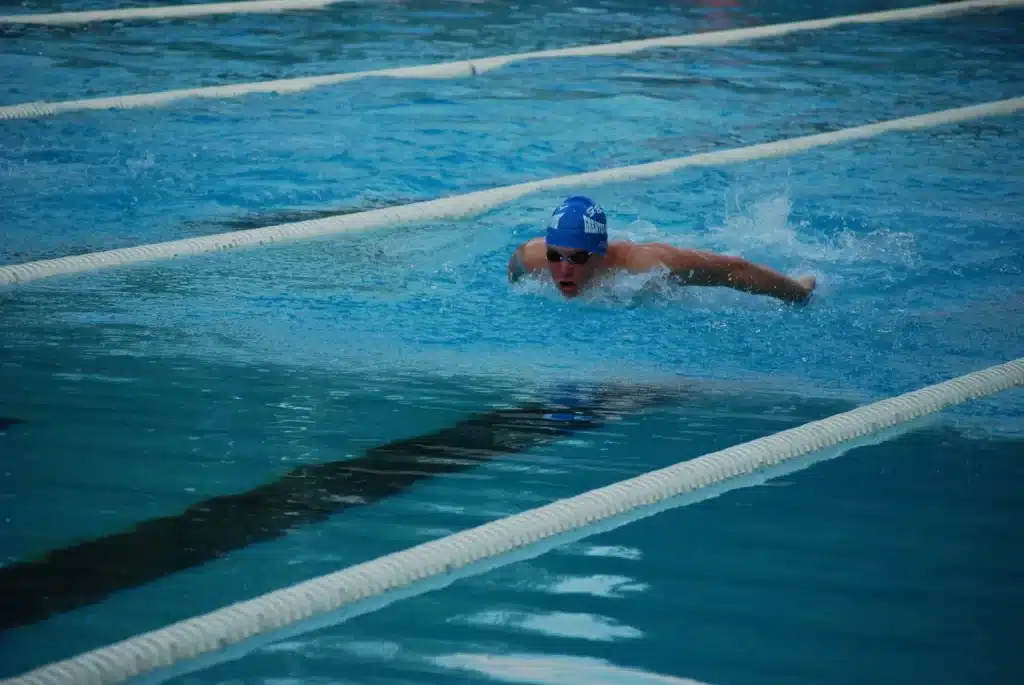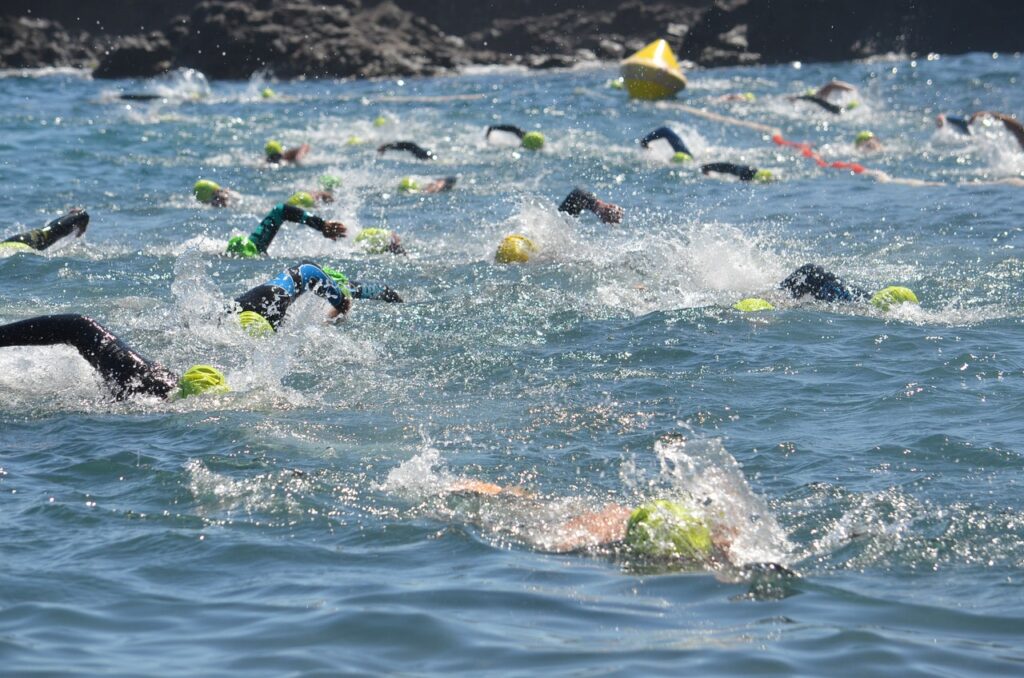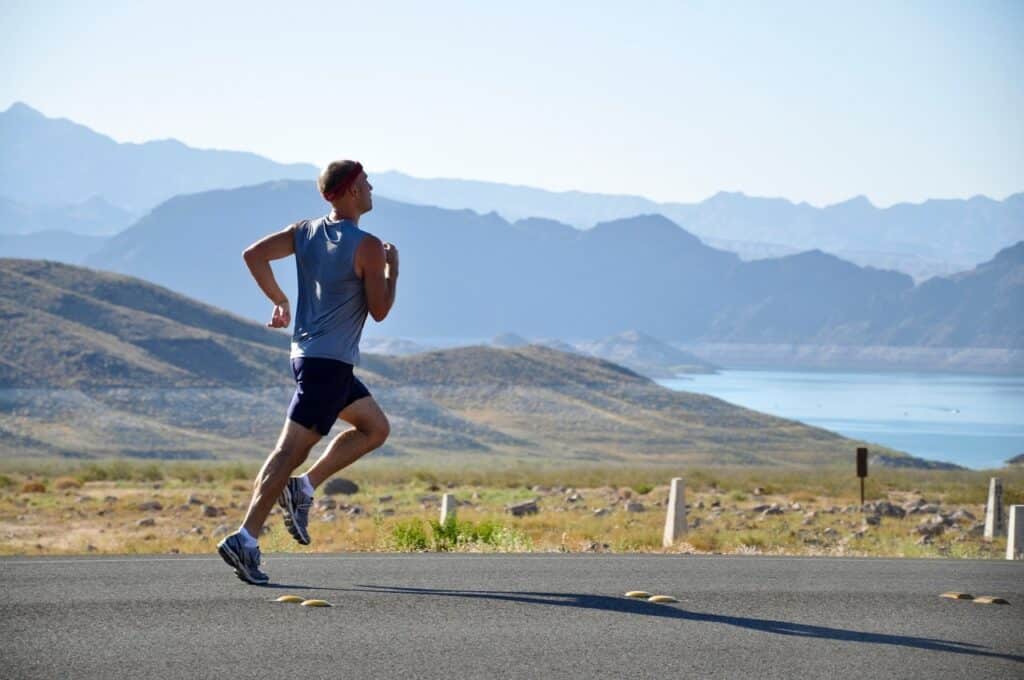Is Scapular Winging (Scapular Dyskinesis) to Blame?

Scapular Dyskinesis, commonly called “winging scapula,” is when the border of the shoulder blade is prominent from the back of the rib cage and resembles a wing.
But whether this contributes to your shoulder pain is still hotly debated.
5 Tips to Solve Tendonitis in Your Shoulder

My doctor said I have Tendonitis in my Shoulder, What Do I Do Now?!
This scenario is incredibly common, especially for those who have had shoulder pain before. The word tendonitis can be pretty intimidating, especially when you are dealing with the shoulder. But if you understand what tendonitis is and what is really going on in your shoulder, then it does not seem as bad.
Neck Pain and Cervicogenic Dizziness

Have you noticed that whenever you have some neck pain that you also feel a little bit light-headed or dizzy? Cervicogenic dizziness…
Cervicogenic Headache

Have you ever noticed that when you have bouts of neck pain you also have a headache? You are not alone. One of the most common symptoms with neck pain is headaches! Why is this?
It is a complicated answer…
Whiplash – It’s not just from car accidents

Have you ever heard of someone having neck pain after a car accident or a sports injury? One of the common causes of neck pain after those events is whiplash. Whiplash is the quick acceleration-deceleration movement of the neck…
Do Swimmers Need to Stretch…Really?

Are all of those stretches for swimmers really beneficial? Does a dryland workout for swimmers need to include stretching? The answer is…..
Should You Keep Training When You Have a Swimming Injury?

One of the most frequently asked questions is “Should I keep swimming when I have a swimming injury?” For a lot of those swimmers, the (short) answer is “yes.”
It is the goal to help get the swimmer back in the water as fast as possible, as long as it does no harm and is safe.
Racing in the Rain

Eagleman, a half-distance Ironman triathlon, is known for being flat as a pancake, hot, and humid. Racing in the rain adds an additional challenge.
Here are 5-lessons learned from Alex Ewart, PT.
Running Cadence: A Little Change with a Big Impact

Running Cadence is defined as the amount of steps you take per minute. Think of it as the number of times your feet touch the ground in one minute of running. It will feel goofy to speed this up at first, but it has a myriad of benefits.
Here is a short list of benefits from making this simple change, and some guidelines to help you improve your running.
